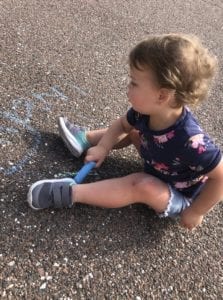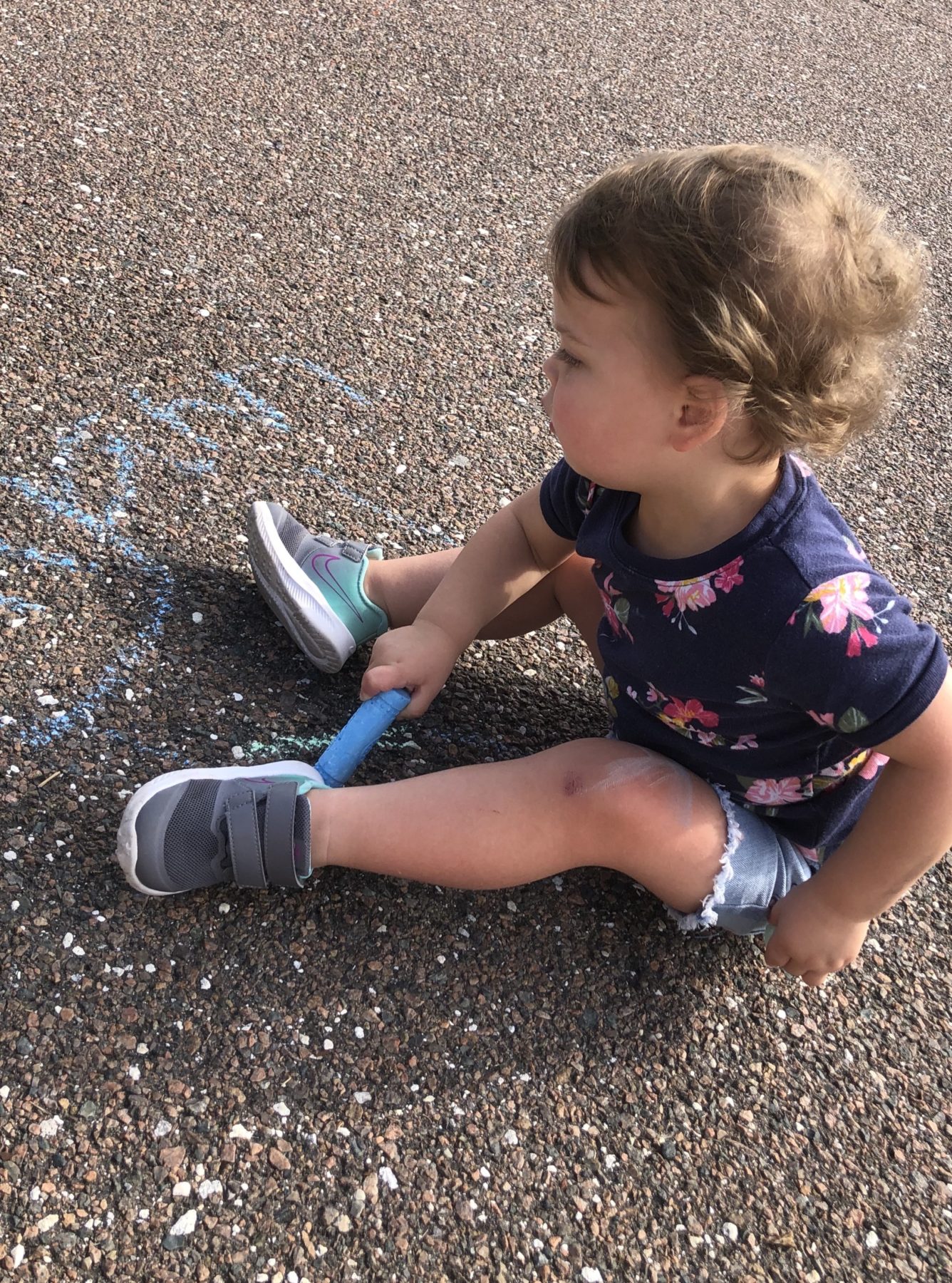Sensorial Activities at Home
 Montessori has 5 key curriculum areas; practical life, sensorial, language, mathematics, and culture. Sensorial lessons specifically work towards developing all five senses; tactile, visual, auditory, olfactory and gustatory senses. While at home during the coronavirus pandemic try one of these at home sensorial activities to refine your child’s senses!
Montessori has 5 key curriculum areas; practical life, sensorial, language, mathematics, and culture. Sensorial lessons specifically work towards developing all five senses; tactile, visual, auditory, olfactory and gustatory senses. While at home during the coronavirus pandemic try one of these at home sensorial activities to refine your child’s senses!
10 at Home Sensorial Activities:
- Animal Walk Races (bear crawl, crab walk, etc.) | Create a start and finish line and race your child. It will be both great exercise and gross motor movement development!
- Hopscotch | Use sidewalk chalk to draw out the hopscotch squares. Hopscotch helps develop gross motor movement and balance. Plus, drawing it out with chalk makes it a fun art project and allows them to work on their pincer grasp.
- Silence Game (This seems to be a parent favorite!) | Challenge your child to see how they can stay silent the longest. Set a timer that they can watch. Or set a challenge of staying silent for 90seconds. If they can’t stay quiet that long offer a chance to try again! Afterward, ask them what they heard during the silence. This helps develop auditory awareness and skills.
- Scavenger Hunts | Make a list of items that could be found in the house or in the yard (grass, water glass, pine cone, pillow, etc.). Allow your child to walk around until they find all the items. This fun activity helps develop visual awareness and variation.
- Playdough Play | Allow your child to sit and play with playdough as they desire. This helps them develop their tactile sensory skills, as they knead, roll, or squeeze the playdough. Extend this activity into a science lesson by making your own homemade playdough with flour, cream of tartar, salt, warm water, and vegetable oil. You can even use food coloring to help develop their sense of sight!
- Paint with Q-tips | Instead of using a paintbrush, switch up the routine and allow your child to paint with a Q-tip. Helping develop his or her pincer grip and visual discrimination between painting with a paintbrush vs a Q-tip.
- Mystery Scent Guess | Invite your child to sit down and be blindfolded. Bring them different objects from around the house (flowers, fresh laundry, hand soap, etc) and have them identify what they are smelling. Blindfolding them helps enhance their olfactory.
- Create a Band | Either make or use instruments around your house and play them. Create new songs, or practice repeating a demonstrated rhythm. This will help to refine their auditory sense.
- Taste Test | Invite your child into the kitchen with you and ask you to make a meal that allows them to taste all the different components of the meal. Developing their gustatory sense!
- Play Outside Barefoot | While this may be a little messy, it allows children to develop their tactile senses in their feet. Feeling the difference between grass, mulch, pavement, etc. is a great opportunity for them to learn and differentiate between textures!
Have fun exploring sensory activities in your home!


